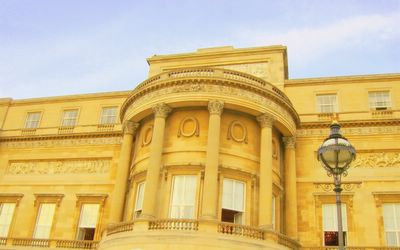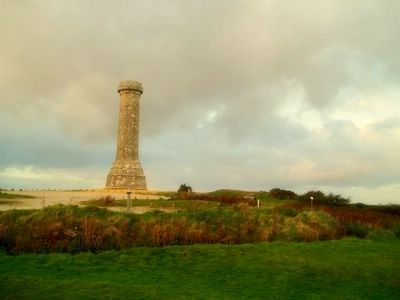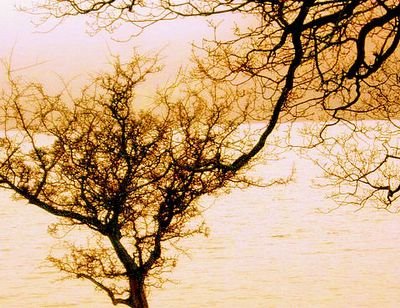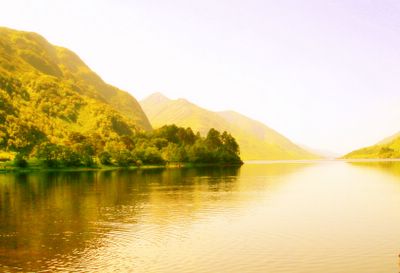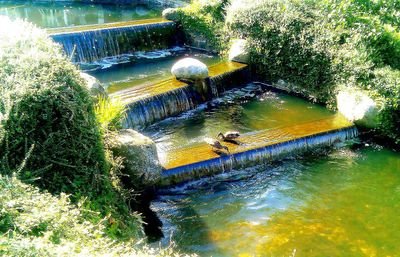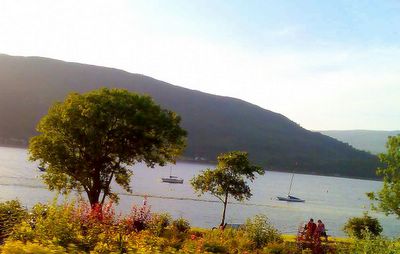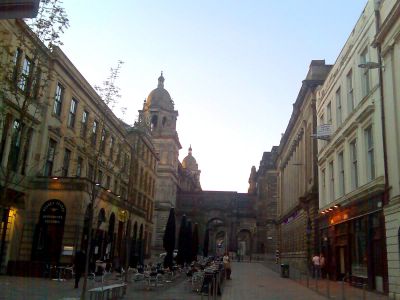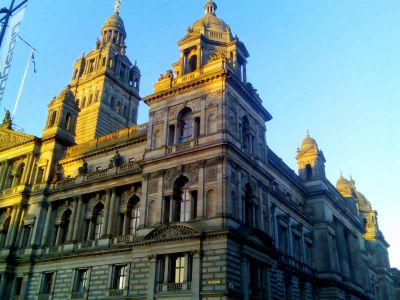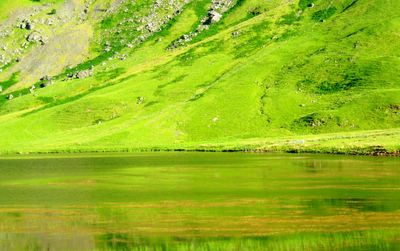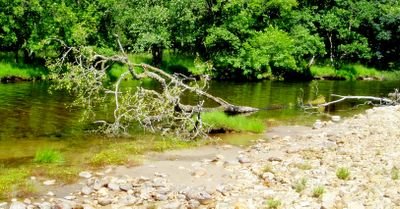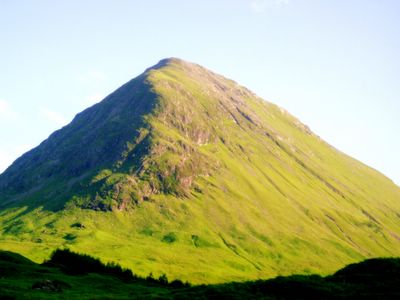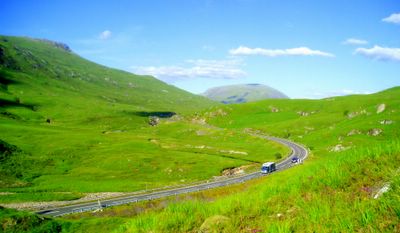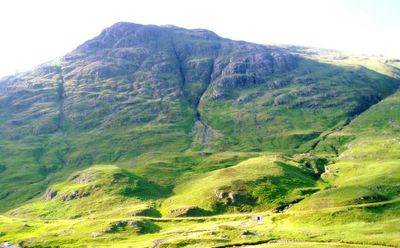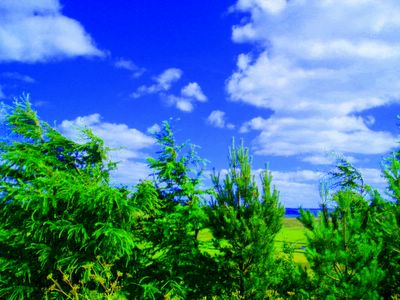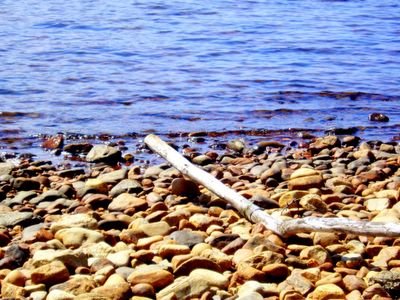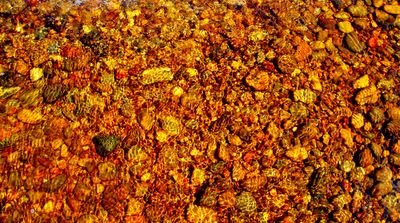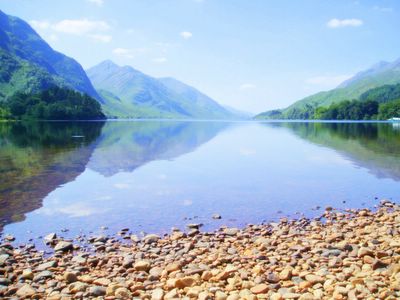
Glenfinnan Viaduct is a viaduct on the West Highland Railway in Glenfinnan, Lochaber, Highland, Scotland. It was built between 1897 and 1901. Located in the West Highlands of Scotland, it forms an integral part of the West Highland Line. The 21-arch viaduct was one of the largest engineering undertakings using concrete when it was built by Robert McAlpine (who earned the nickname "Concrete Bob").
The West Highland Line connects Fort William and Mallaig, and was a crucial vein for the local fishing industry and the highlands economy in general, which suffered enormously after the Highland Clearances of the late 1800s. Nowadays, the trains that cross are usually diesel multiple units, but in the summer, the heritage Jacobite steam train operates. It is a popular tourist event in the area, and the viaduct is one of the major drawcards of the line.
The Glenfinnan Viaduct has been used as a location in several films and television series, including Charlotte Gray, Monarch of the Glen, and most famously Harry Potter and the Chamber of Secrets in which the Hogwarts Express is seen crossing the viaduct. It additionally appeared in two subsequent Harry Potter films; The Prisoner of Azkaban and The Goblet of Fire.
Picture © 2006 onwards by Dr Himanshu Tyagi. All the photographs in this blog are copyright protected and can not be reproduced or stored in any medium without the written permission from Dr Himanshu Tyagi.


